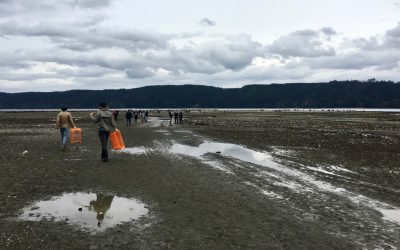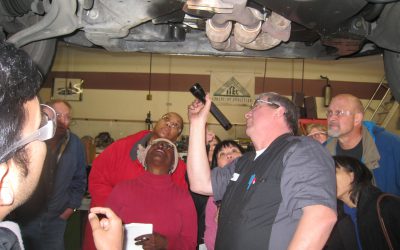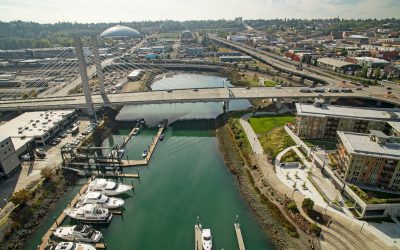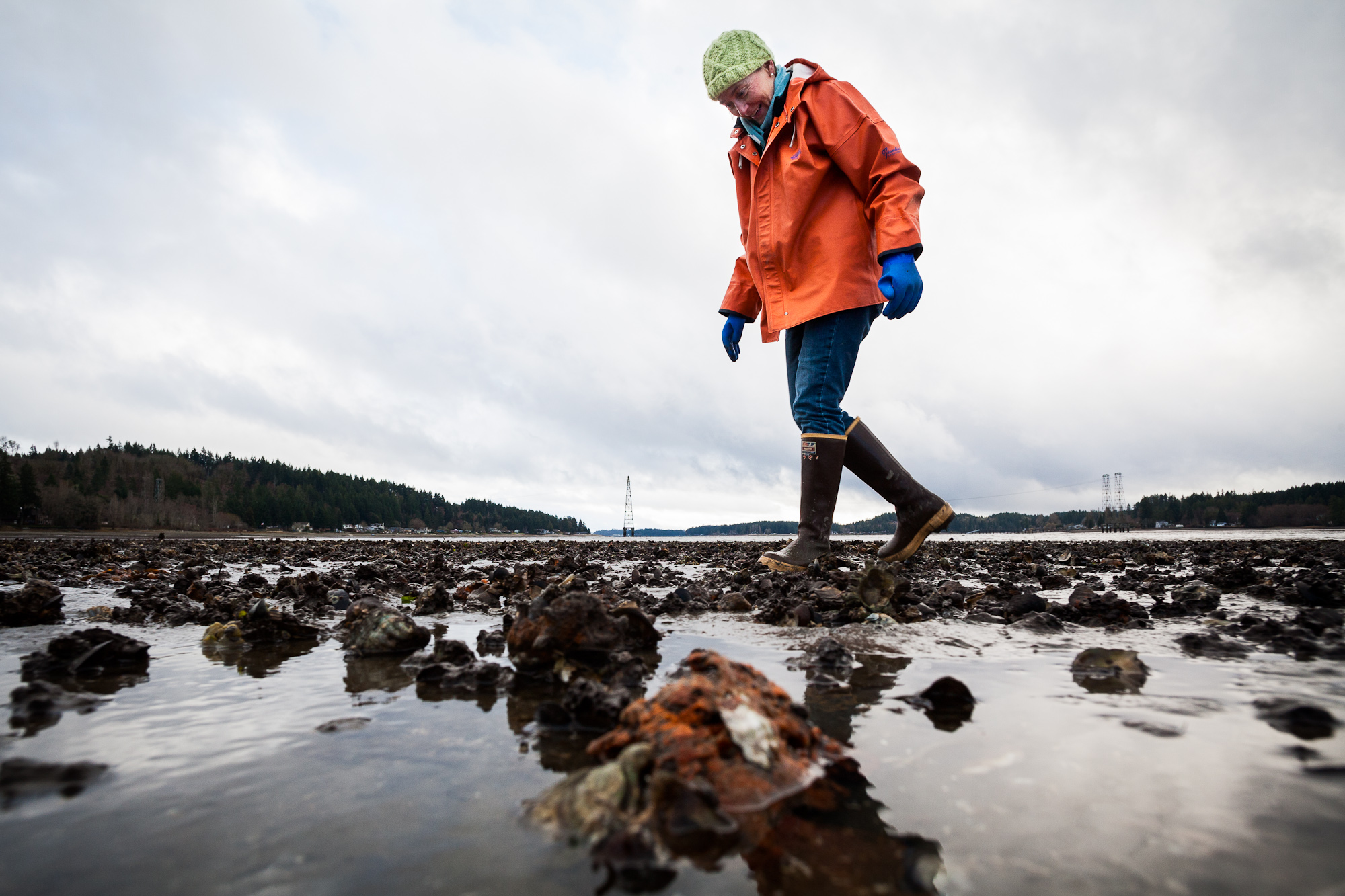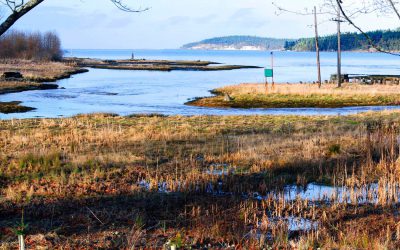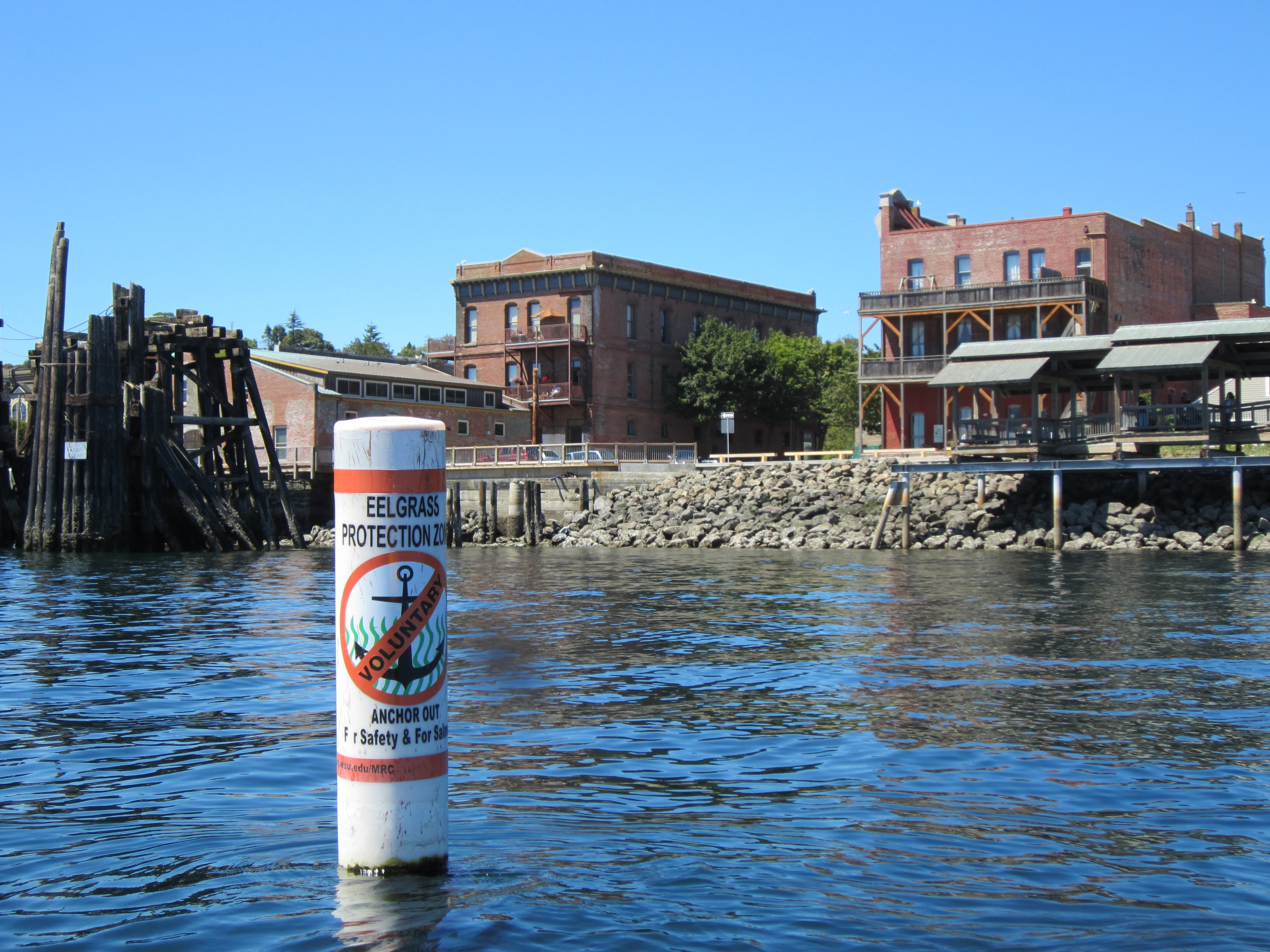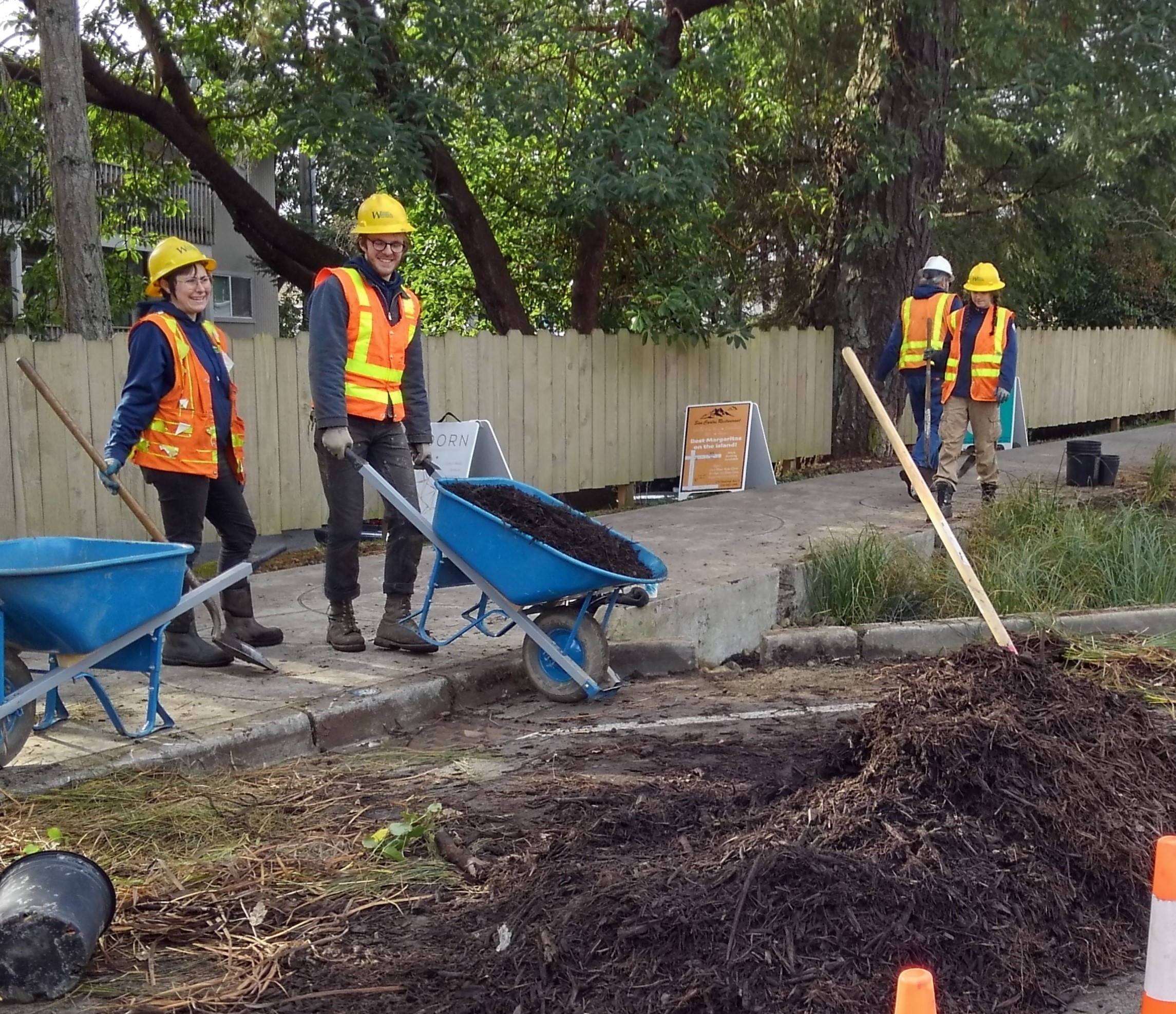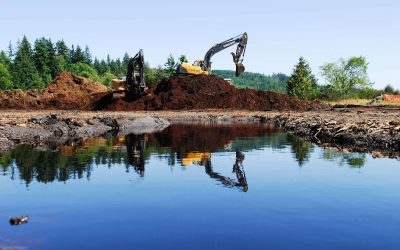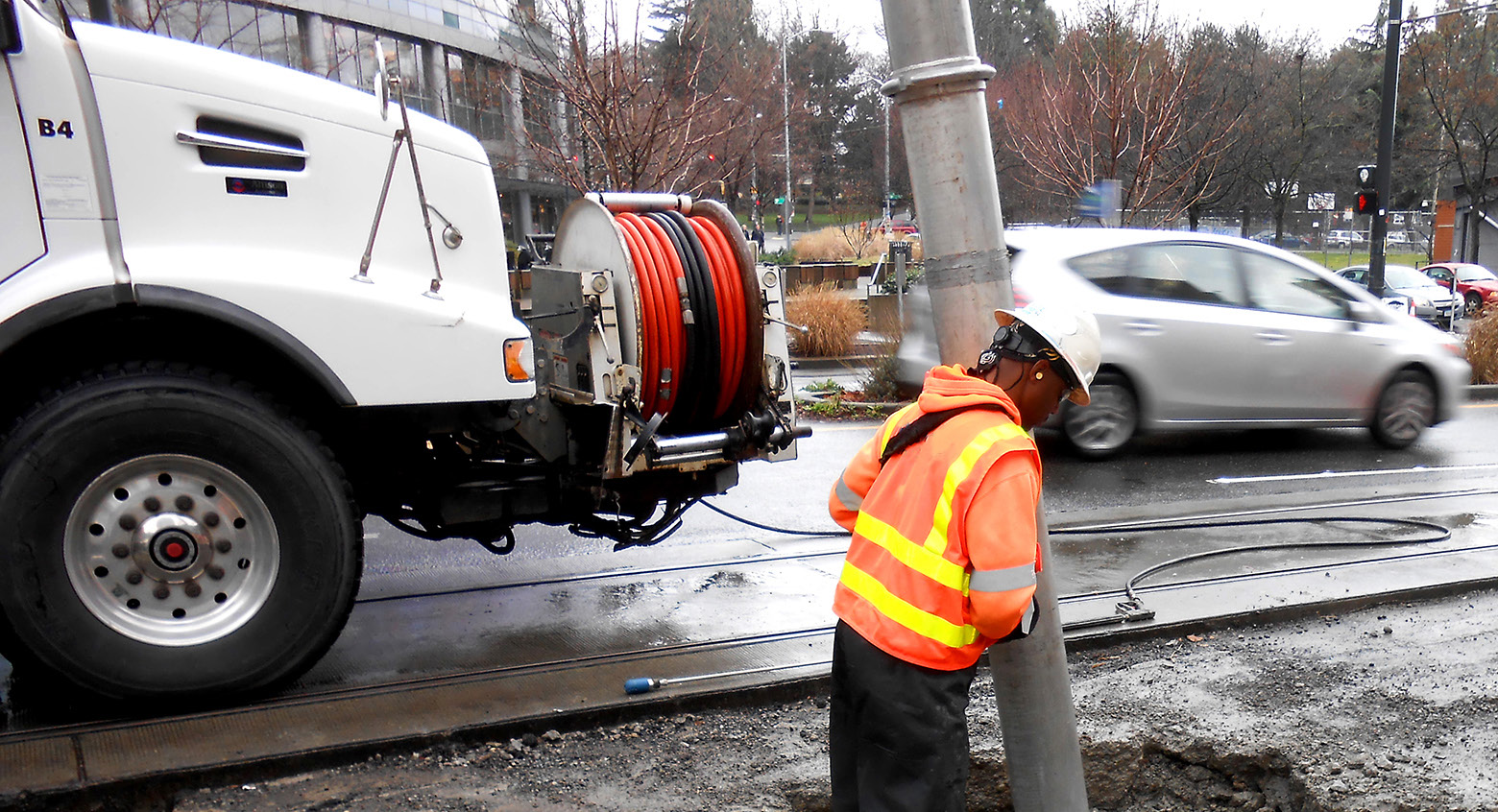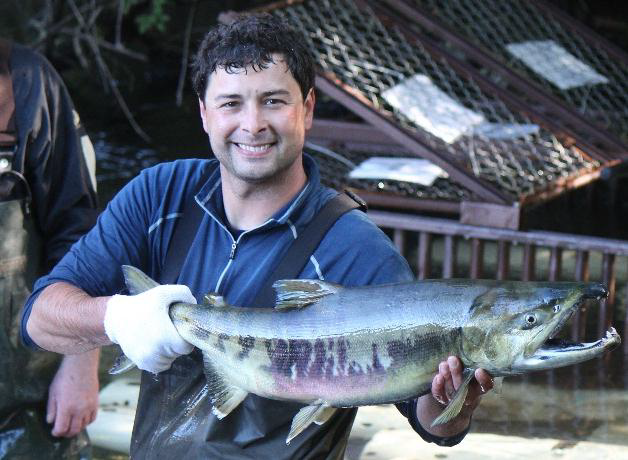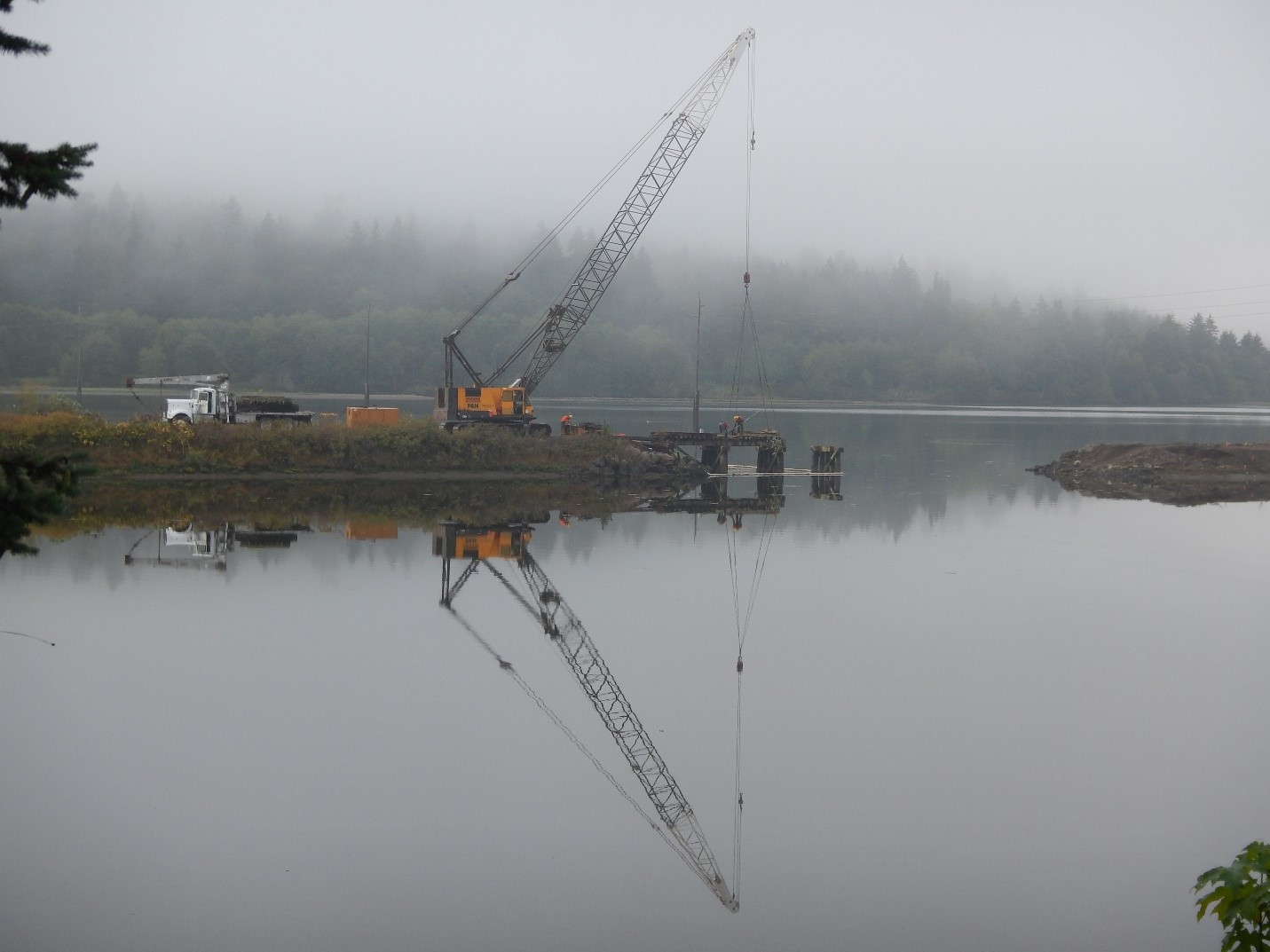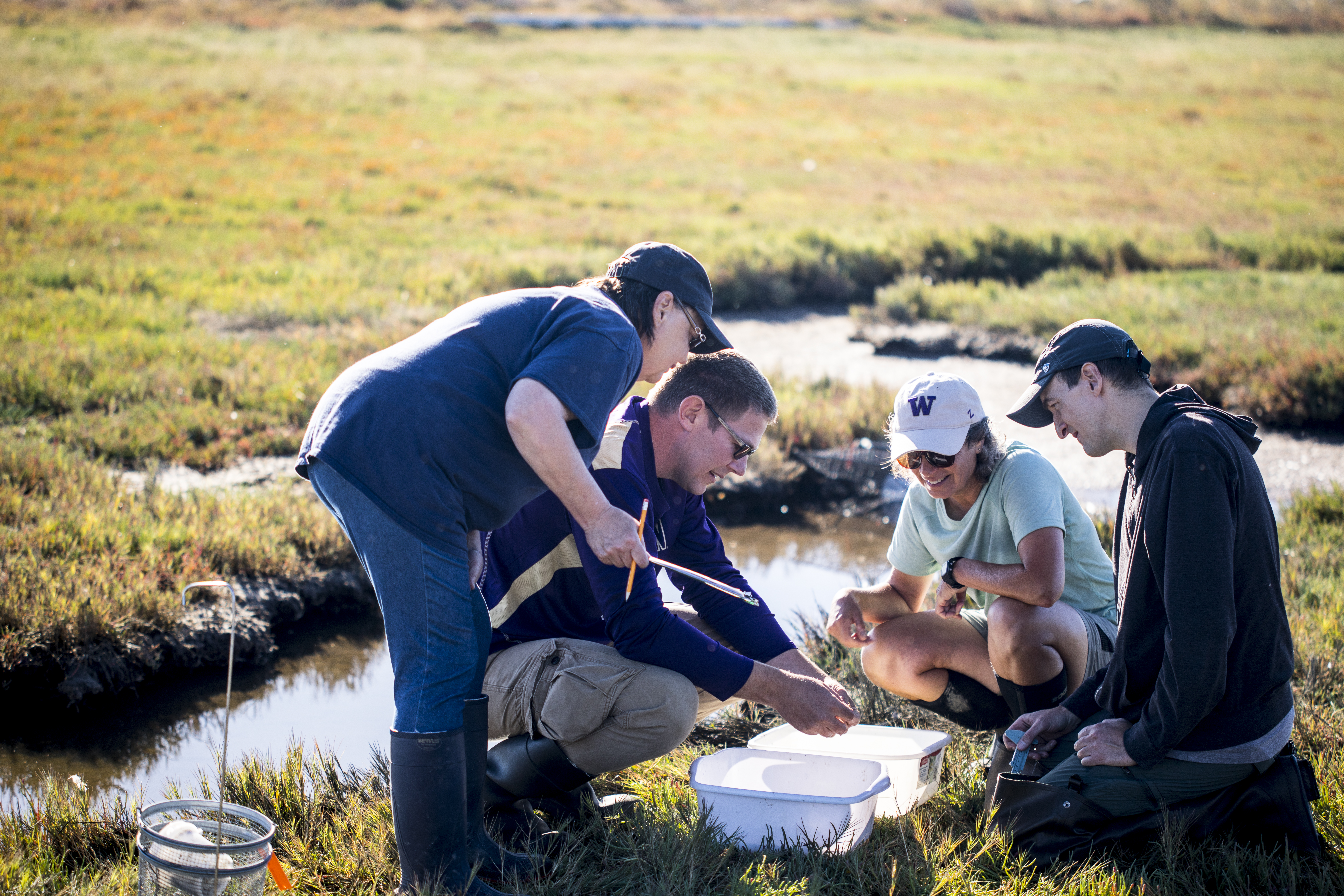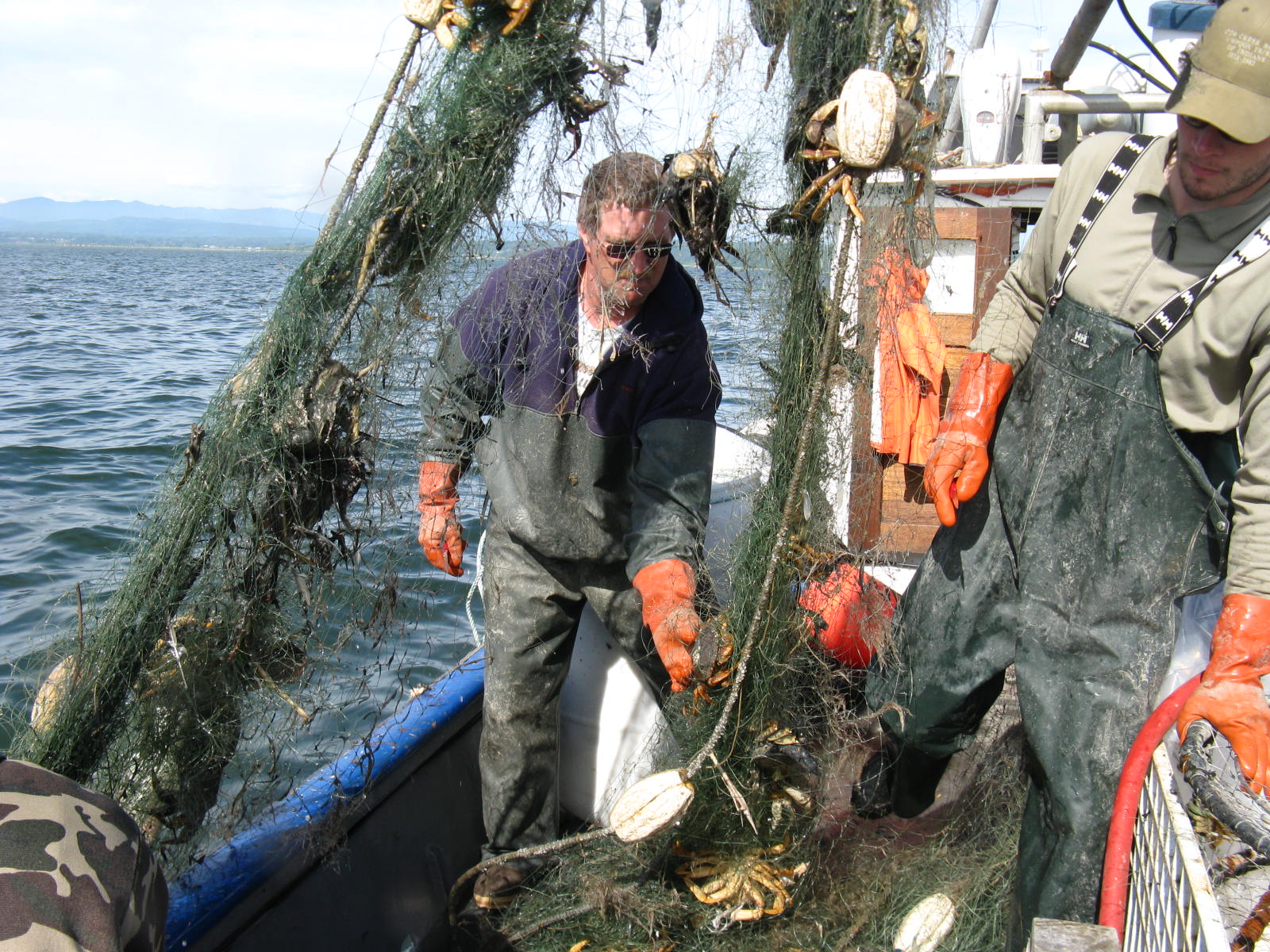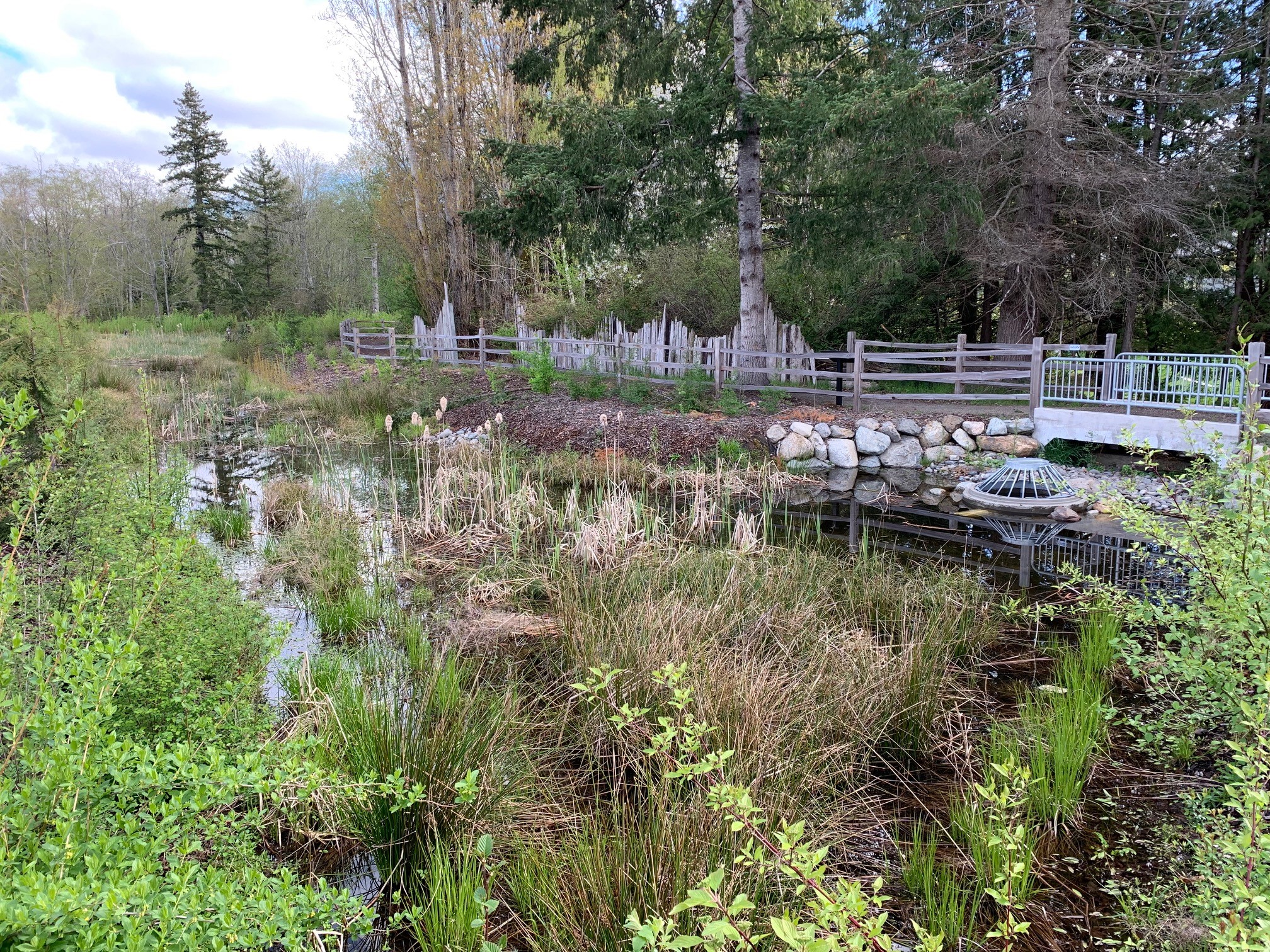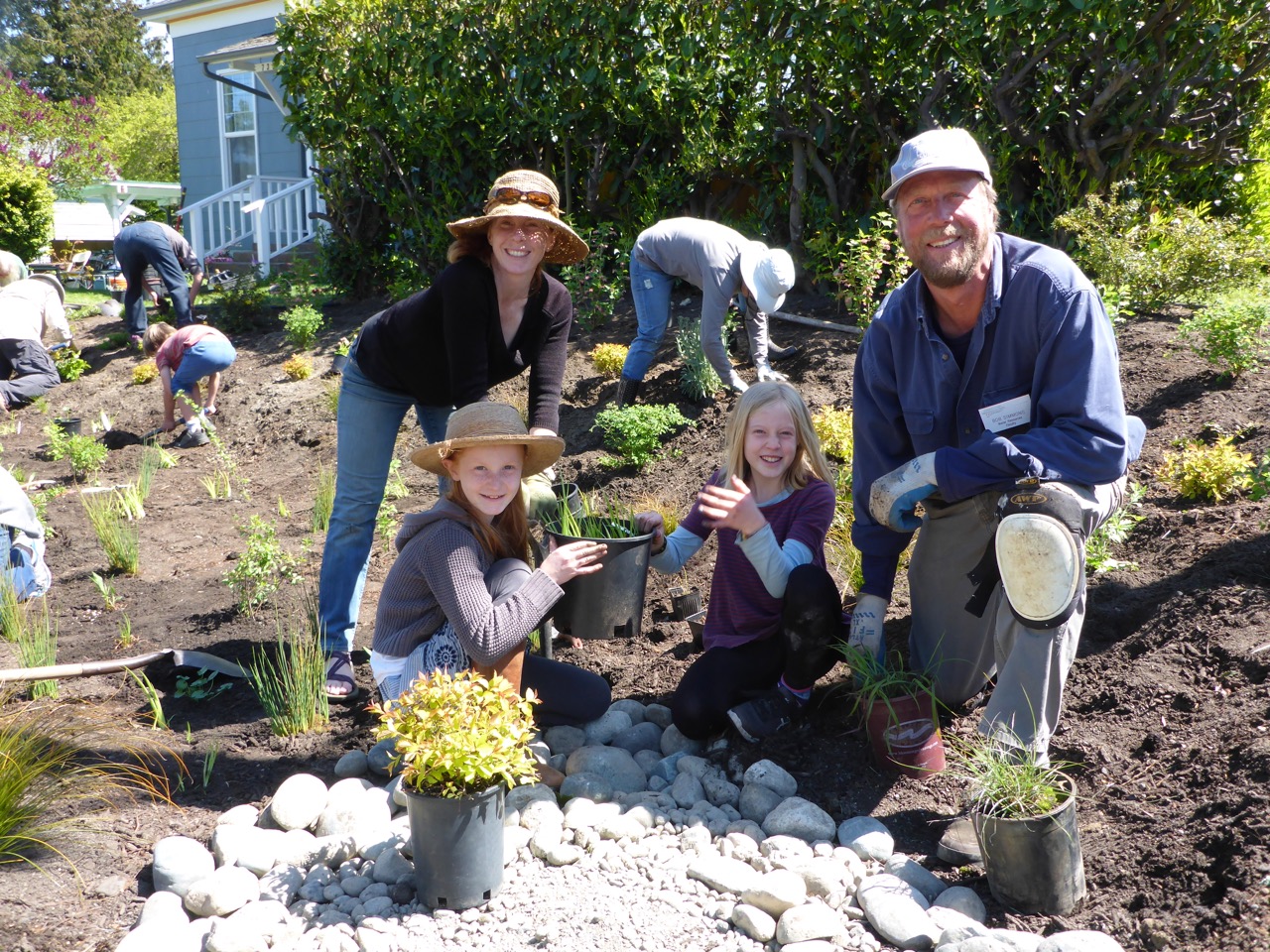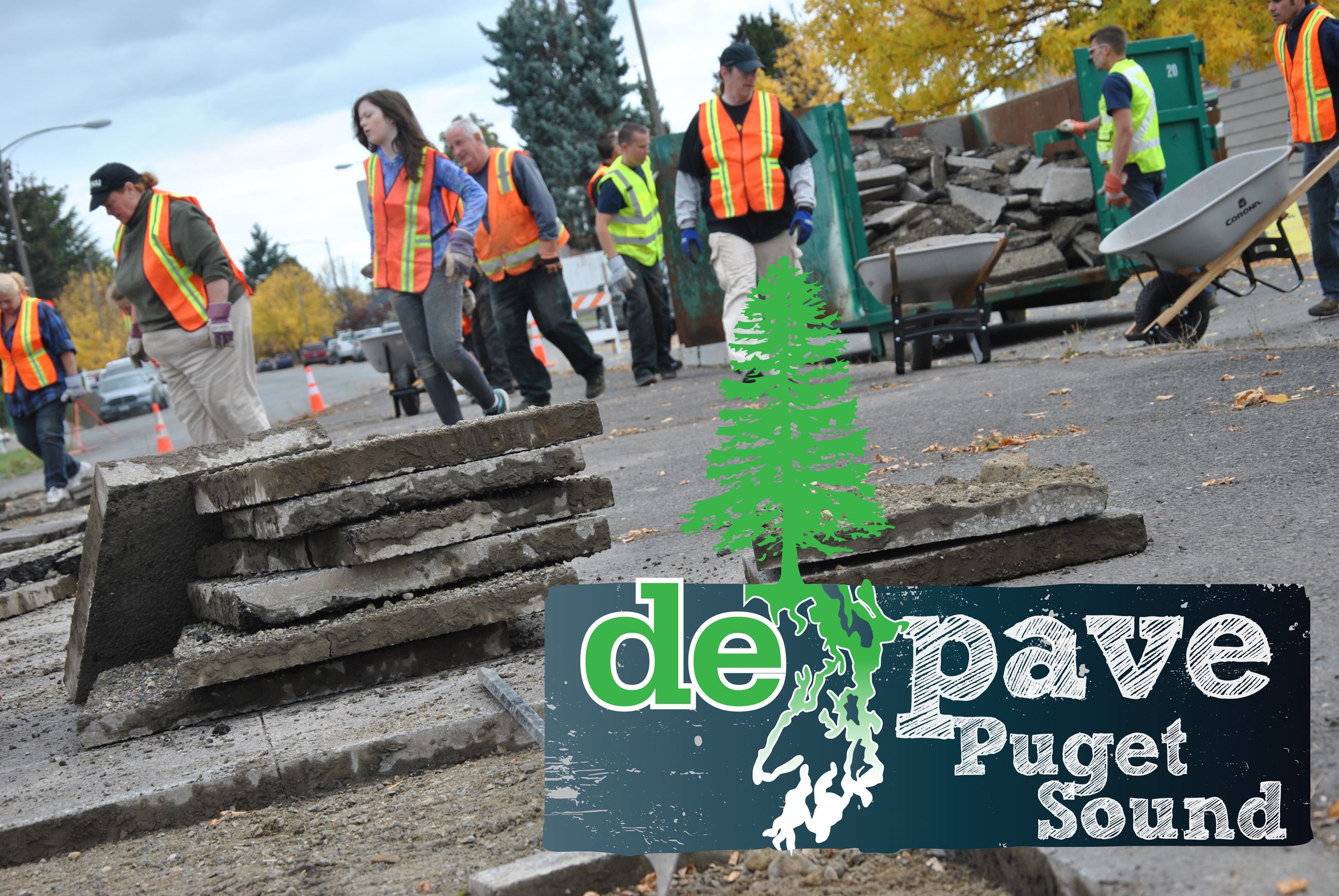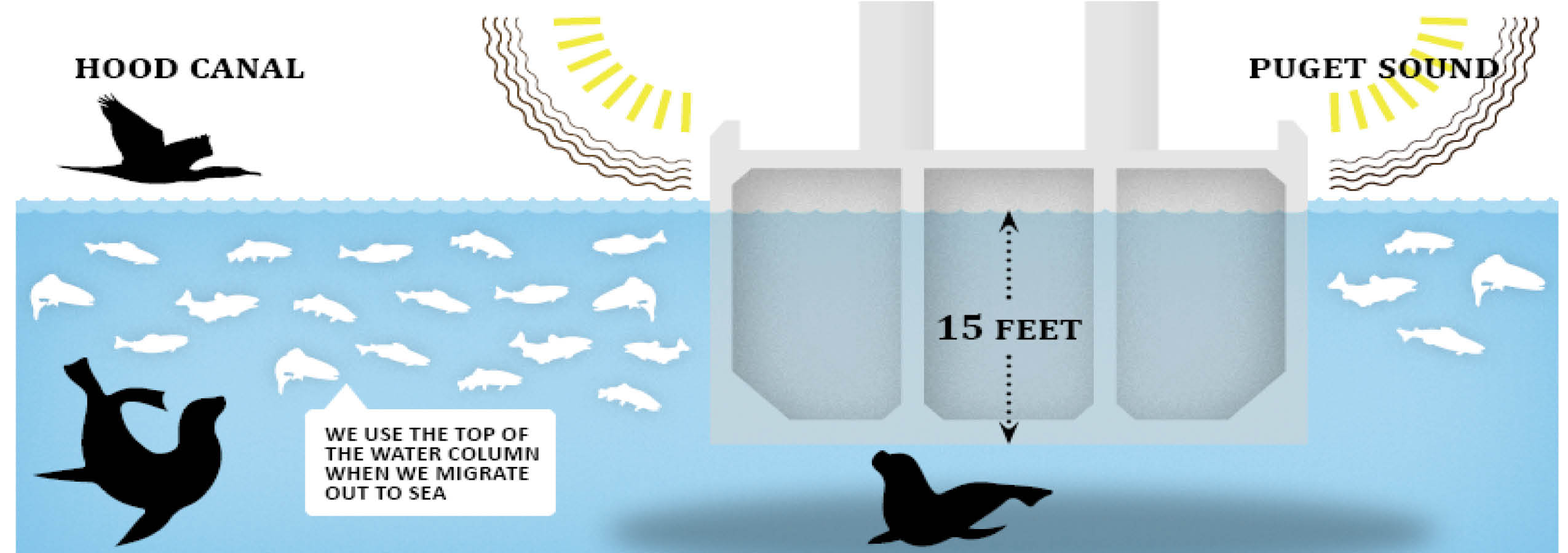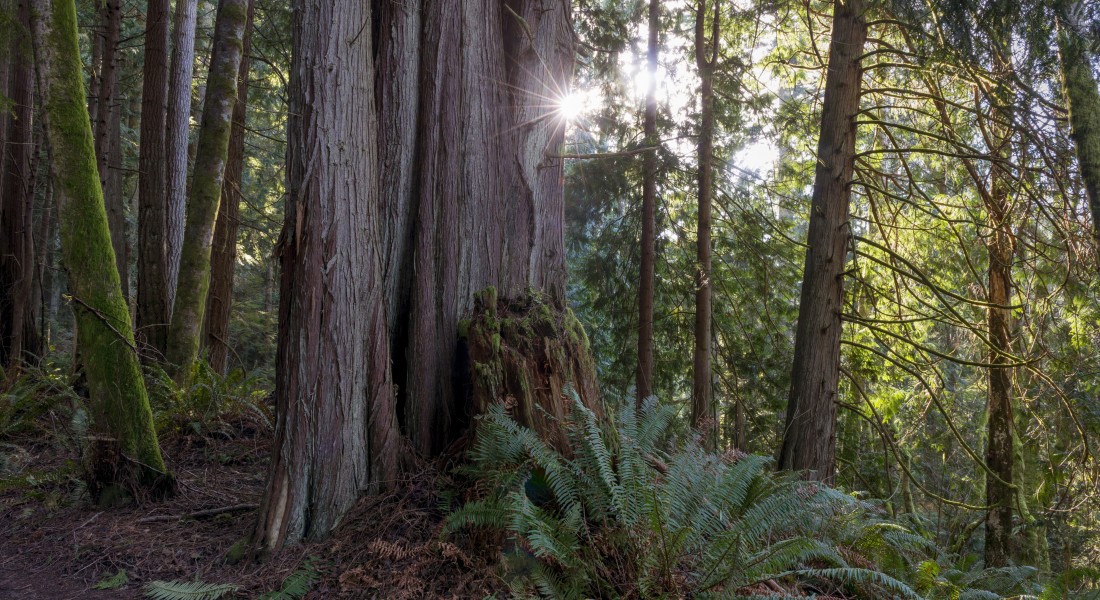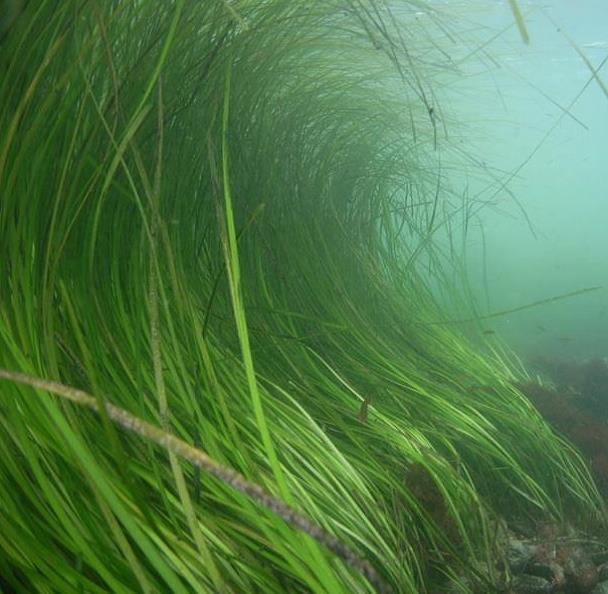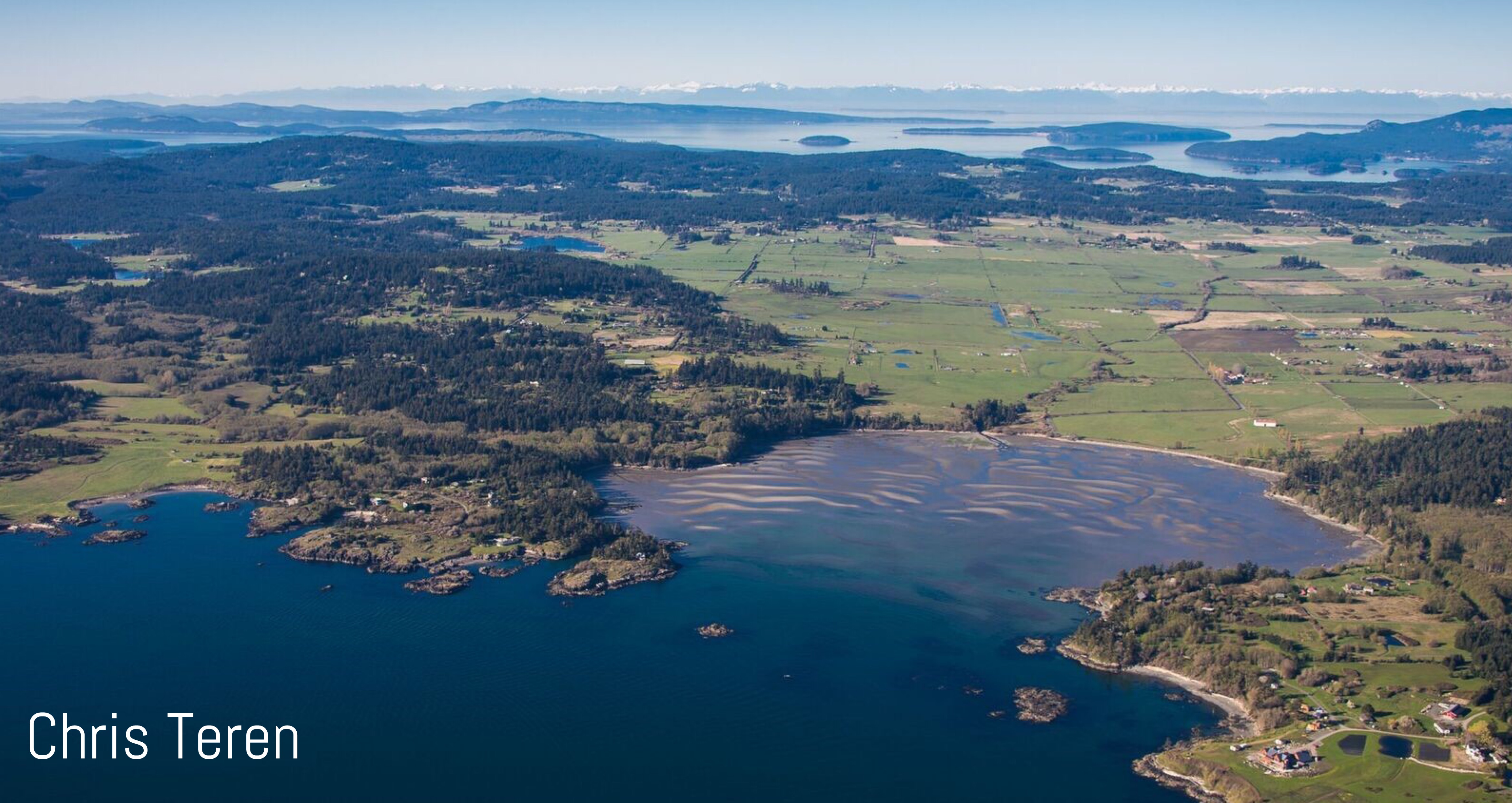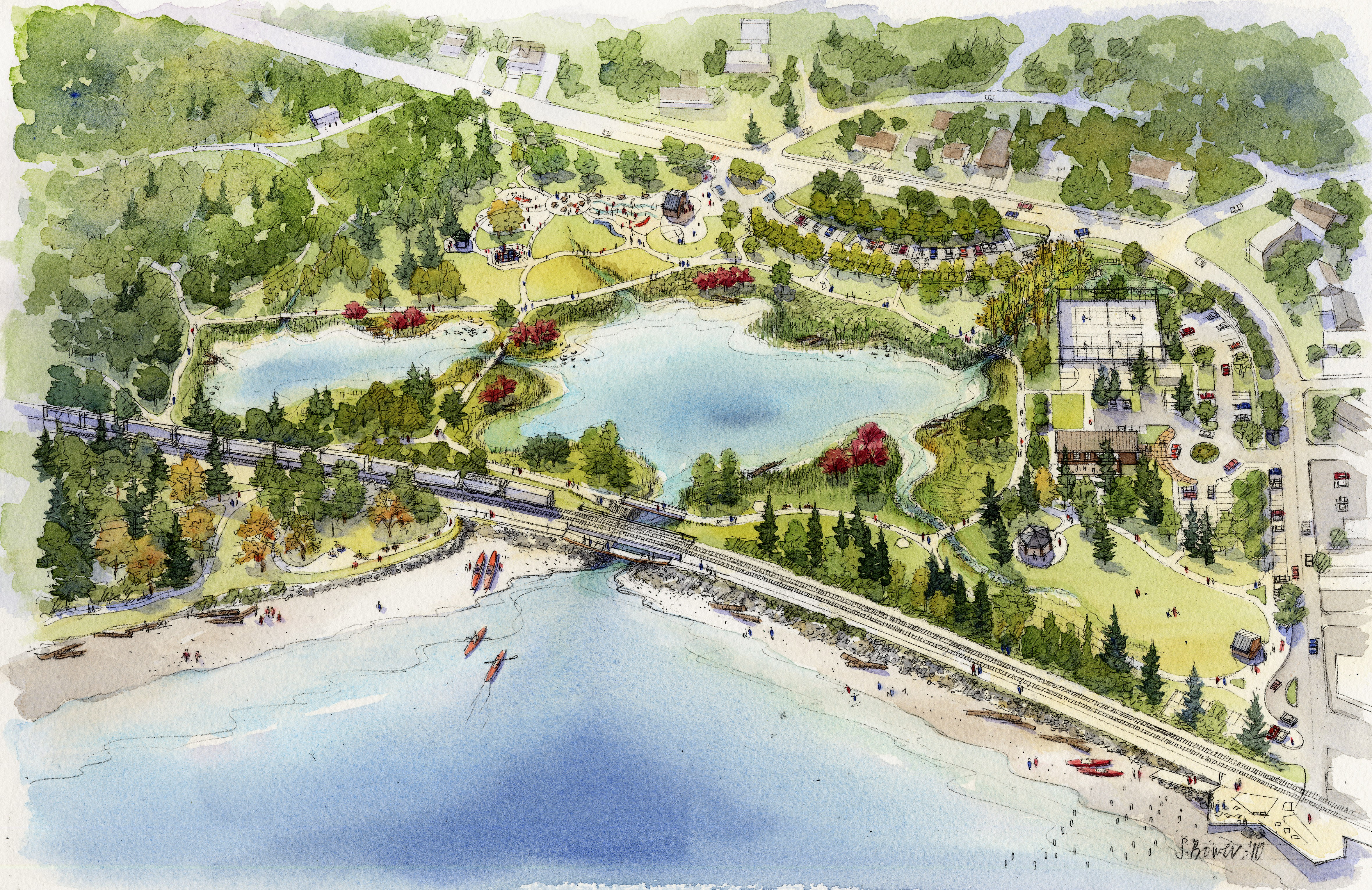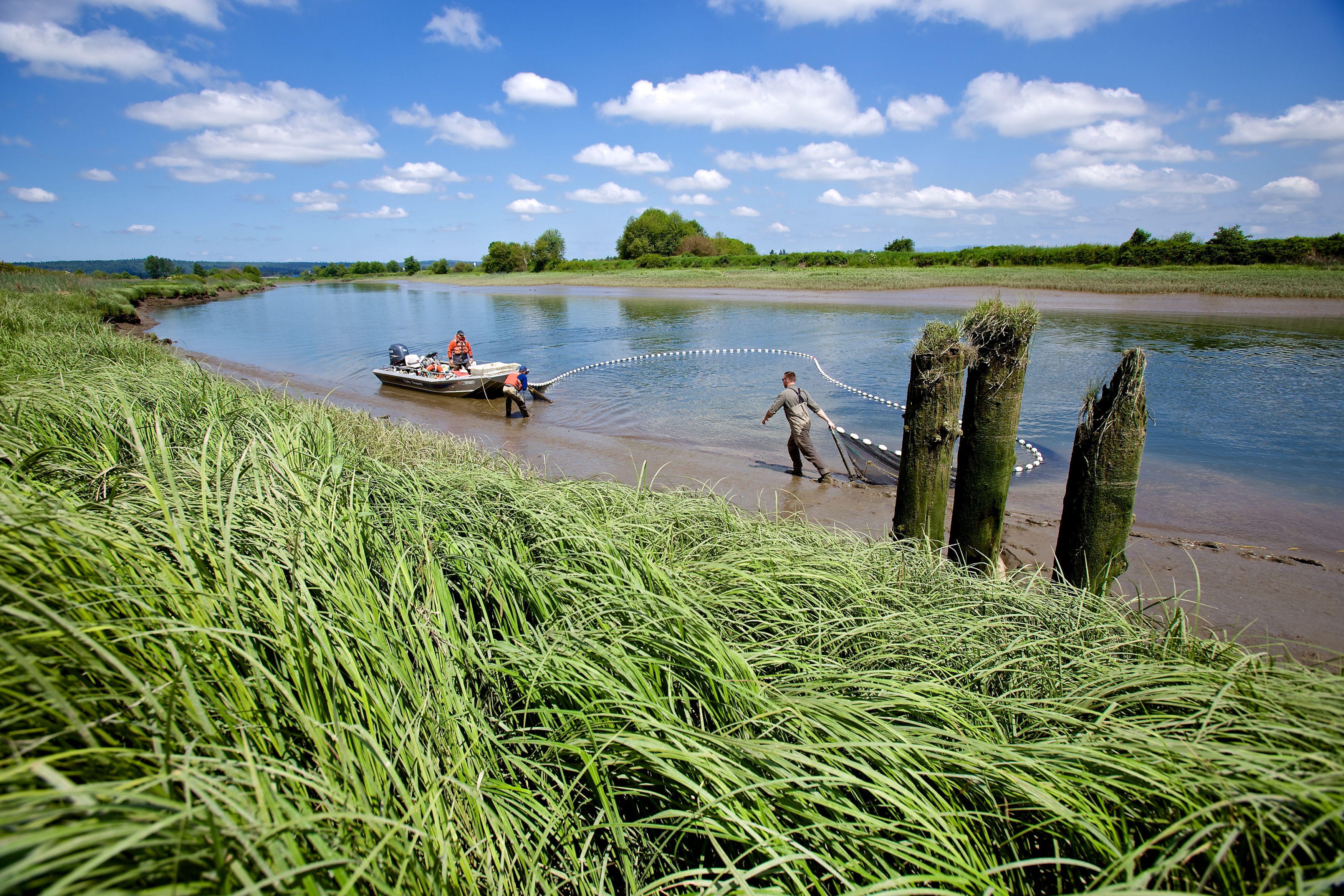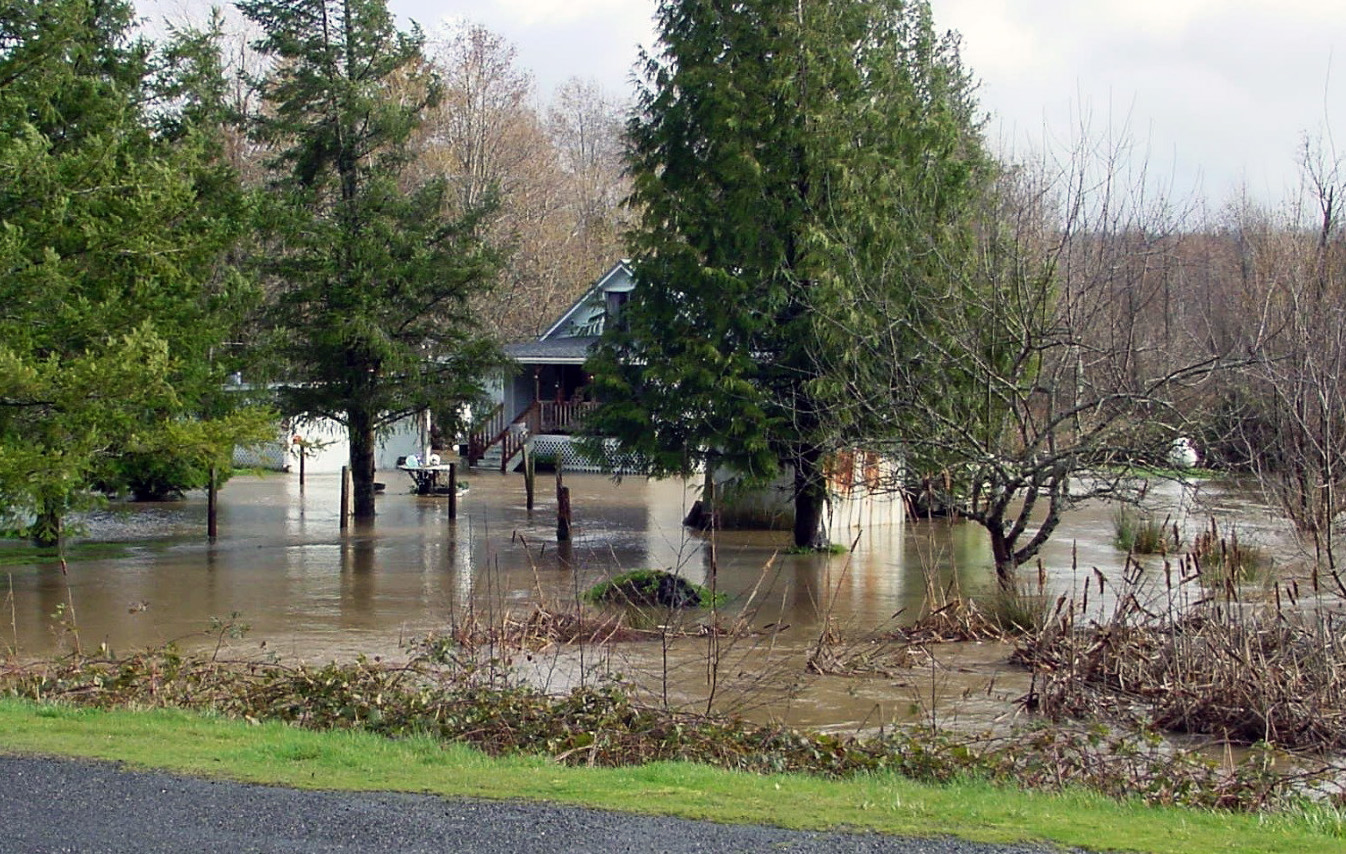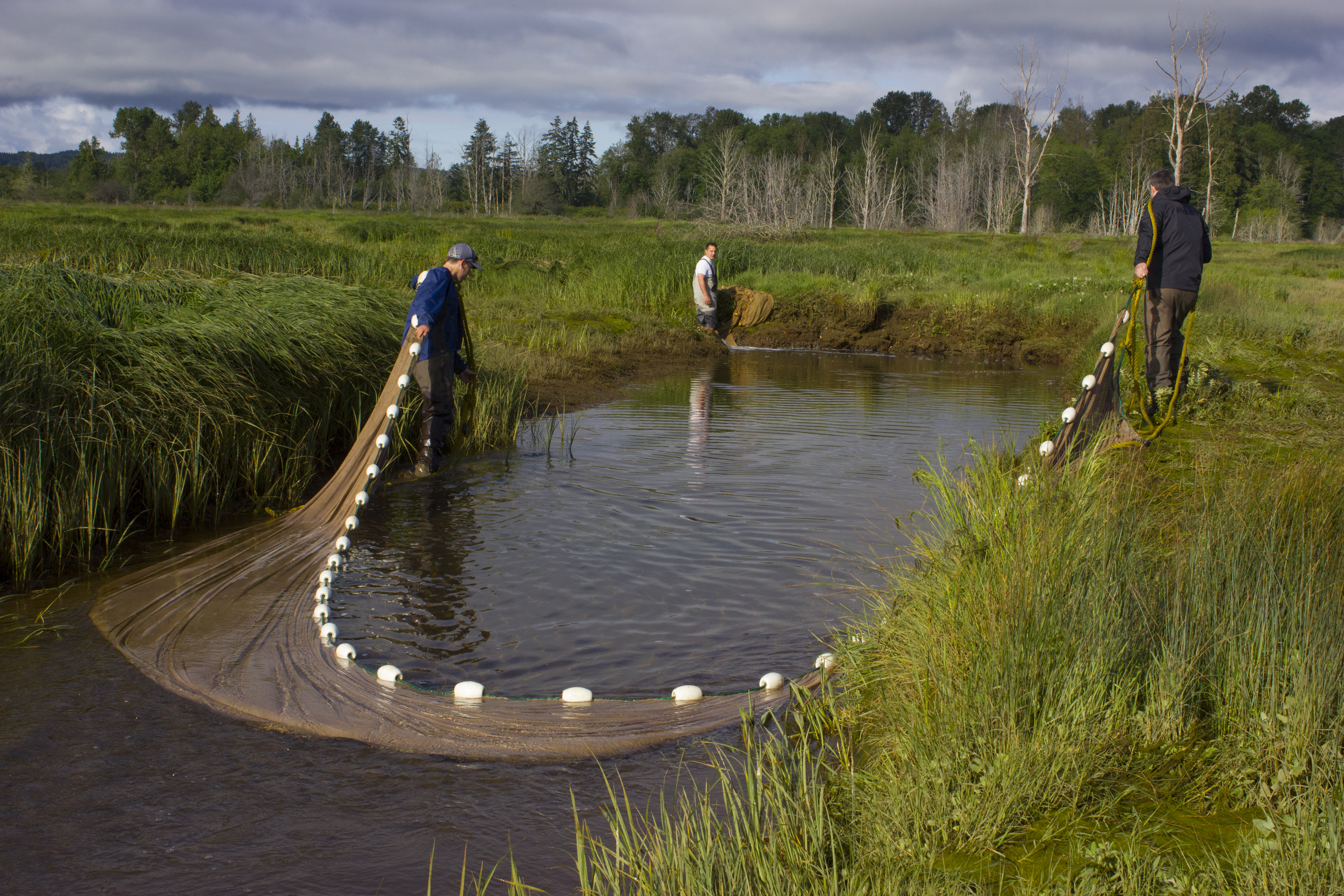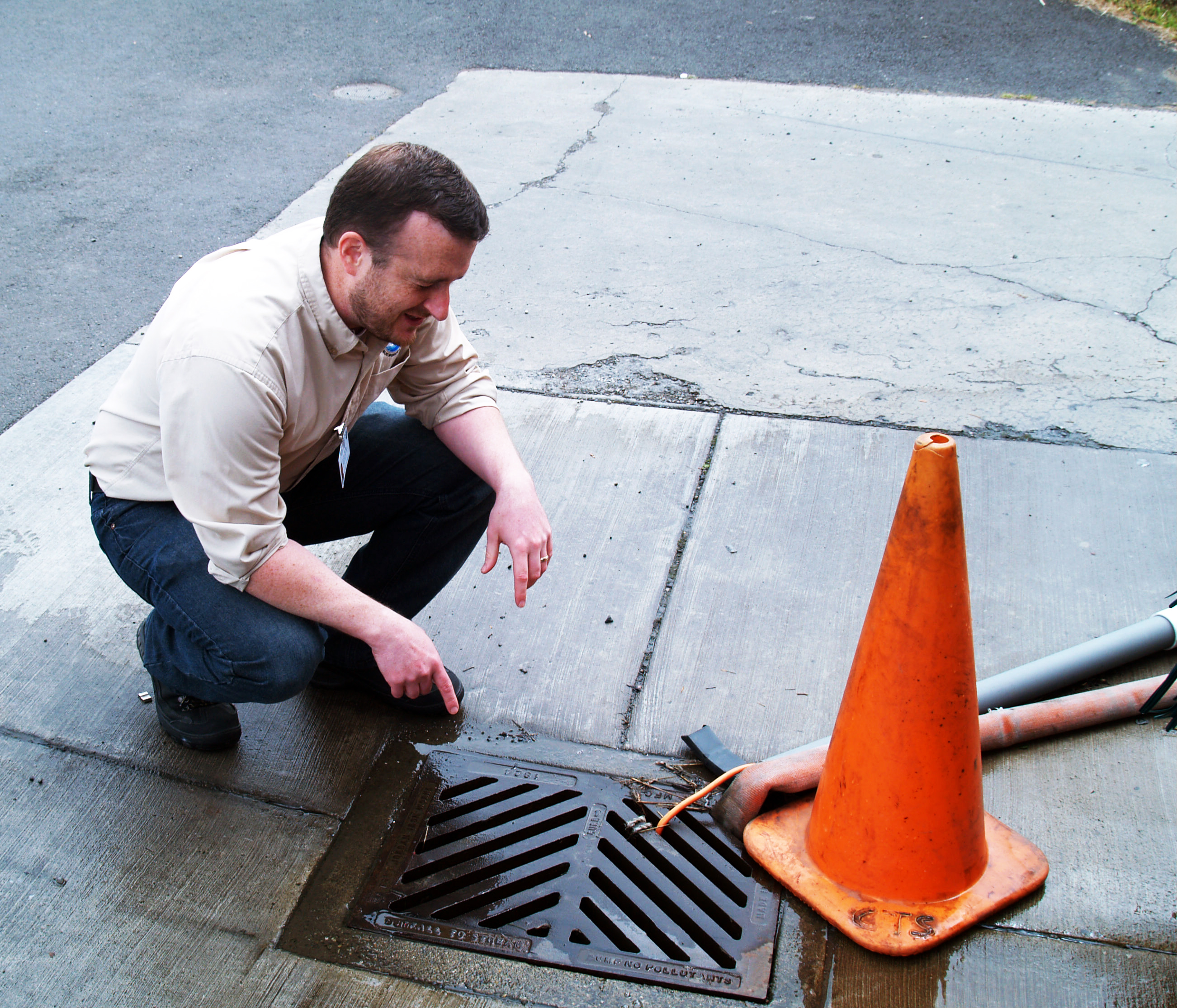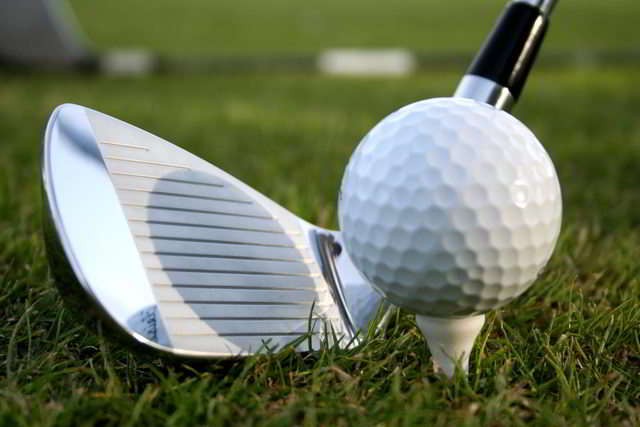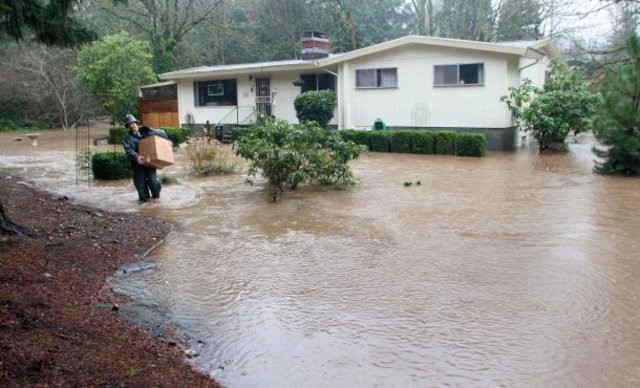Counties and tribes collaborating to improve water quality The Hood Canal Regional Pollution Identification and Correction (HCRPIC) Program is a unique collaboration between the Hood Canal Coordinating Council, Kitsap County, Mason County, Jefferson County, the...
Regional On-site Sewage System Loan Program
Helping homeowners repair or replace failing on-site sewage systems The Regional On-site Sewage System Loan Program (RLP) in Washington State consolidates multiple county-level on-site sewage system loan programs into a single public-private partnership between the...
Tacoma stormwater system cleaning for legacy pollutants
Erasing a legacy of pollution The Thea Foss Waterway in Commencement Bay includes three miles of nearshore habitat important for fish and wildlife. This area was contaminated by over a century of industrialization and was identified by the Environmental Protection...
Olympia Oyster Restoration
Rebuilding native oyster beds and important habitat The Olympia oyster is Washington's original oyster. As our only native oyster species, they help keep our estuaries healthy by providing habitat for a diverse community of organisms. The oysters grow in aggregations,...
Jimmycomelately Creek Restoration
Partners restore imperiled summer chum salmon and shellfish in Clallam County Jimmycomelately Creek and its estuary in Clallam County are now home to a robust population of ESA-listed summer chum salmon as well as a thriving commercial shellfish operation. This...
Bainbridge Island Downtown Corridor Bioretention Facilities Maintenance
Maintaining effective stormwater treatment and building partnerships In 2018, the City of Bainbridge Island identified maintenance needs for the publicly owned and operated bioretention facilities collecting street and sidewalk runoff from the main downtown corridor...
Salmon Creek Estuary Restoration
Restoring an old mill site to benefit salmon, shellfish, and people The Salmon Creek and Snow Creek estuaries are located within a half-mile from each other in Discovery Bay, forming a complex system of salt and freshwater interchange where young salmon get used to...
Kitsap County Stormwater System Operation & Maintenance
Maintaining effective stormwater facilities to reduce water pollution For Kitsap County, maintenance is the foundation of a properly functioning drainage and stormwater treatment system. This system includes: 670 stormwater facilities where runoff from roads is...
Union River Estuary Restoration
Restoring habitat and connecting people and salmon The Hood Canal Salmon Enhancement Group and the Washington Department of Fish and Wildlife collaborated to return ocean tides to restore salt marsh habitat in the lower Union River, which is part of the larger Lynch...
Maynard Nearshore Restoration
Removing defunct infrastructure to protect fish and shellfish The Maynard Nearshore Restoration Project is located at the head of Discovery Bay in Jefferson County. Salmon and Snow Creek enter the bay within a half-mile of one another forming an estuary that...
Washington Sea Grant Crab Team
Engaging citizen science volunteers to protect the Salish Sea from invasive European Green Crab The European green crab is listed by the International Union for Conservation of Nature (IUCN) as one of the world's 100 most damaging invasive species. European green...
Duwe’iq Stormwater Treatment Wetland
Clear Creek, a Puget Sound salmon stream, flows into Dyes Inlet, which supports shellfish beds, water recreation activities, and nearshore wildlife habitat. Like many Puget Sound streams, Clear Creek has been encroached on by rapid development as the Puget...
Northwest Straits Marine Conservation Initiative
Local people. Local solutions. The Northwest Straits Marine Conservation Initiative catalyzes and empowers local communities to conserve and restore their marine resources. Established in 1998, the Northwest Straits Commission provides funding, training and support to...
Depave Puget Sound
Project Summary Nonpoint sources of pollution, such as stormwater runoff, are the biggest threats to Puget Sound water quality. Polluted stormwater carries toxins, nutrients, sediment, and bacteria to Puget Sound where these pollutants affect aquatic life and public...
Lyre Conservation Area
CONGRESSIONAL DISTRICT: 6 LEGISLATIVE DISTRICT: 24 WRIA: 18 CITY, COUNTY: Dungeness, Clallam County Project Summary The Western Strait of Juan de Fuca, a migratory corridor for Puget Sound salmon, is characterized by small pocket estuaries and high-energy beaches. The...
Milwaukee Dock Eelgrass Restoration
CONGRESSIONAL DISTRICT: 06 LEGISLATIVE DISTRICT: 23 WRIA: 15 CITY, COUNTY: Bainbridge Island, Kitsap County Project Summary Long on the decline in Puget Sound, eelgrass is recognized by the Puget Sound Partnership and the Governor's Results Washington program...
Puget Sound National Coastal Wetlands Conservation
In early 2017, the U.S. Fish and Wildlife Service awarded the Washington State Department of Ecology with $4.7 million in National Coastal Wetlands Conservation grants to fund six projects to restore and protect wetlands in Puget Sound and the Grays Harbor area. The...
Titlow Park Shoreline Restoration Project
The Titlow Park Shoreline Restoration Project is working closely with Tacoma Metro Parks to successfully remove a derelict bulkhead, seawall, and defunct home near an important bait fish beach in Puget Sound. The second phase of the project will undertake restoration...
Salish Sea Marine Survival
Endangered Species Act listed Puget Sound Chinook salmon populations have plummeted by 50% since the mid-80s and steelhead have experienced even steeper declines. Research points to marine survival as the missing link to recovery. The Salish Sea Marine Survival...
Lower Big Quilcene
The Lower Big Quilcene restoration project is in the design phase of developing community-supported actions to improve flood protection for the town of Quilcene, over 30 homes, and road access to the largest employer in Jefferson County—Coast...
Point Defiance Regional Stormwater Treatment Facility
Polluted stormwater is one of the biggest threats to Puget Sound, and the Point Defiance Regional Stormwater Treatment Facility helps counter that threat. Before the facility was built, polluted stormwater from a 754-acre watershed flowed untreated before spilling...
Lower Dungeness River
The Lower Dungeness River Floodplain Restoration project is a collaborative effort to restore floodplain habitats, keep people safe, support agriculture, improve water quality and quantity, and provide people with recreational access. State and federally funded...
Skokomish Estuary Restoration
The Skokomish River floods more frequently than any river in Washington, and yet the river channel often goes dry during Chinook salmon migration. This is because nearly half of the Skokomish River estuary had been converted to diked farmland, which contributed to...
Dickerson Creek
Dickerson Creek's upper reaches have some of the best salmon spawning and rearing habitat in Puget Sound. But Dickerson Creek and adjacent Chico Creek have been affected by streamside residential development and aging, undersized culverts. The culverts were identified...

